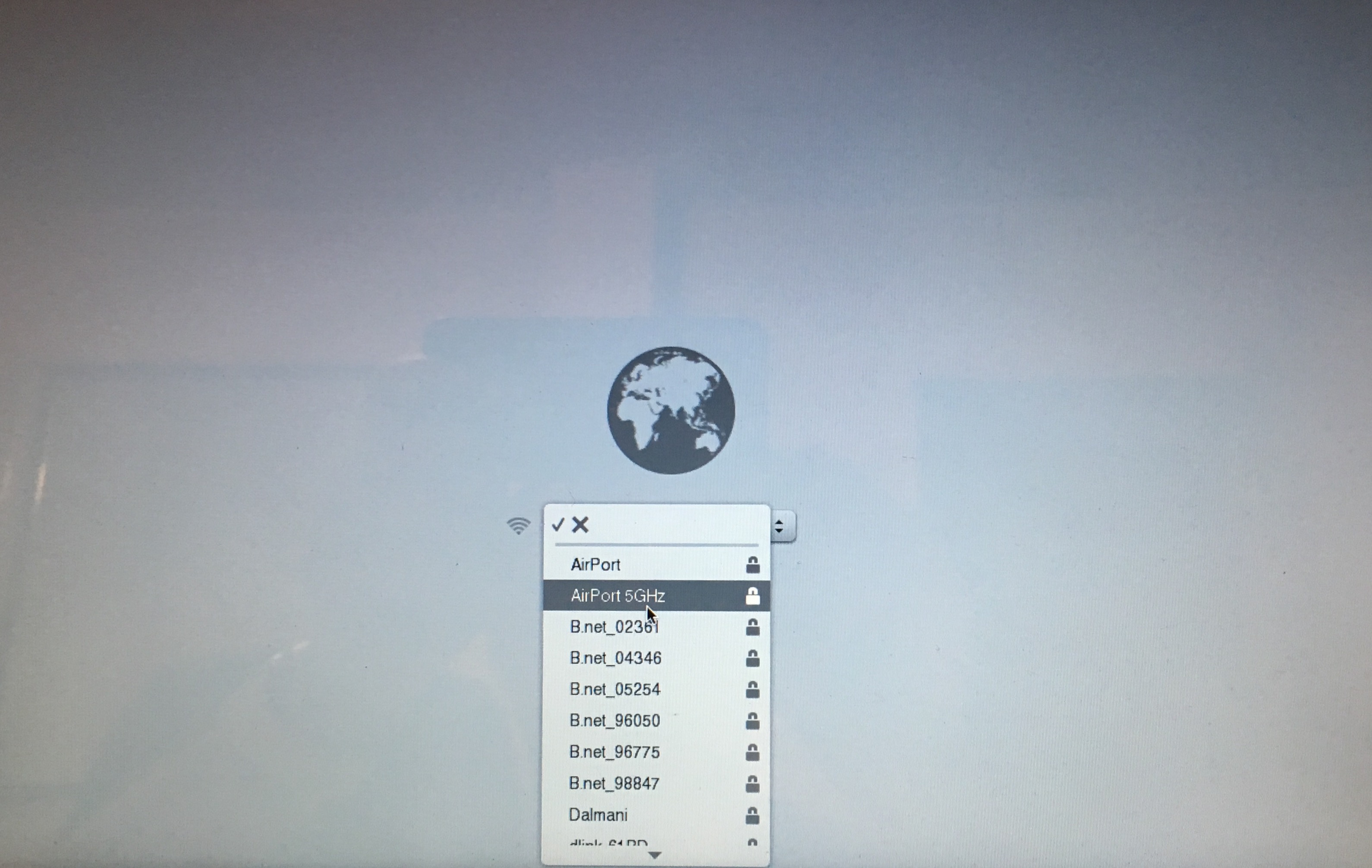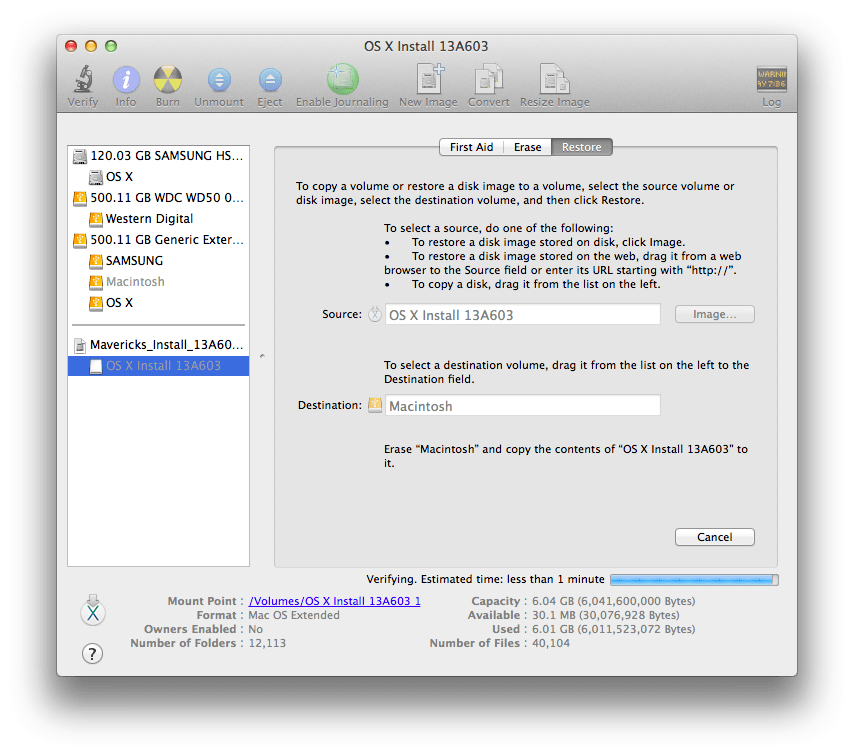


You can do this in the Apple menu and choose Restart Normal or with the power button. Exit Safe Mode with Mac OS X.Įxit Safe Mode and restart your Mac normally, all you need to do is restart your Mac from Safe Mode. This may also apply to viewing these screens when booting certain drives and drives installed. If you sometimes get a blank gray or blue screen after performing a system upgrade, booting into Safe Mode often resolves the issue by clearing the caches and then restarting again to return to normal. Safe Mode does not have to be used often, but there have been at least two cases of equipment hanging on downloading the Finder and the culprit was a funky third-party login. It’s also worth knowing that anyone can easily see if Safe Mode is activated by going to About this Mac, where ‘Safe Boot’ is indicated in red if it’s enabled. Basically, Safe Mode helps you narrow down the cause of Mac errors. These features are useful for troubleshooting a problematic Mac, because if your Mac works well in safe mode, but things work or go wrong during normal system startup, something is, of course, going wrong with what you downloaded during the normal boot process. Disables external USB modems and most external USB hardware.Disables audio input and output devices.Removes video recording through ports and the iSight / FaceTime camera.
SAFE MODE MAC OS X MAVERICKS DRIVERS
SAFE MODE MAC OS X MAVERICKS UPGRADE
Removes the dynamic download cache, which can cause problems after a system upgrade.Only download important kernel extensions.Forces a directory and disk check on startup, similar to the Disk Repair feature in Disk Utility First Aid.


 0 kommentar(er)
0 kommentar(er)
